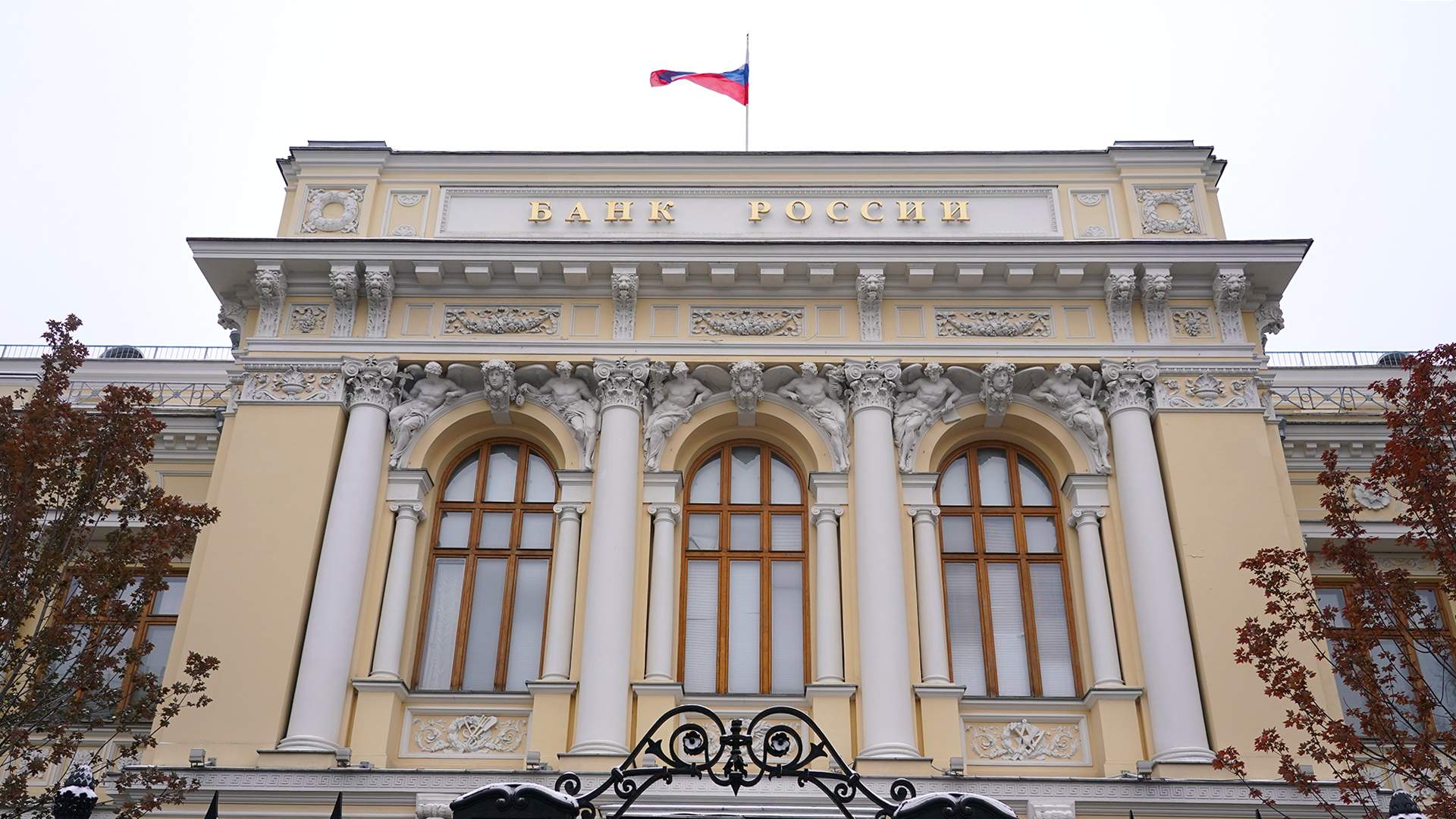
The Russian economy has been growing for seven quarters in a row
By Rhod Mackenzie
In quarterly terms, the GDP index has been growing consistently since mid-2022; in the first quarter of 2024, growth accelerated to 5.4% in annual terms (through January-March 2023) from 4.9% in the previous quarter, the VEB.RF Institute reported. In March, GDP increased by 0.4% compared to February, excluding seasonal and calendar components. Last Friday evening Rosstat confirmed its estimate of the quarterly GDP growth. As of the end of March this year, the domestic economy exceeded the pre-pandemic level of the last quarter of 2019 by 4.8%. The mark reached on the eve of the start of the SVO and the introduction of frontal economic sanctions against Russia was also exceeded (by 2.6%).
Monthly growth in industrial production continued, but slowed significantly in March. Production in the mining industry increased (+1.1%), while production in the industrial services and manufacturing sectors fell (-0.3%). The output of basic metals and fabricated metal products fell sharply, and the decline in oil refining continued. The construction sector continued to decline in the first three months of the year. In March, output in this sector fell by 2.4%, and in the first quarter alone it was down by almost 6%. Against the background of a decline in the volume of construction work, the production of building materials continued to fall. In March, the volume of goods transported began to fall again (-1.1%).
Consumer demand is the main driver of economic growth. In March, retail sales rose (+2.1% compared to February, seasonally and calendar adjusted), driven by non-food products. Retail sales have risen for four consecutive months. The volume of chargeable services started to grow again (+0.8%). Demand for restaurant services continued to grow (+1.1%). Demand for travel increased, with passenger turnover rising (+2.4%).
